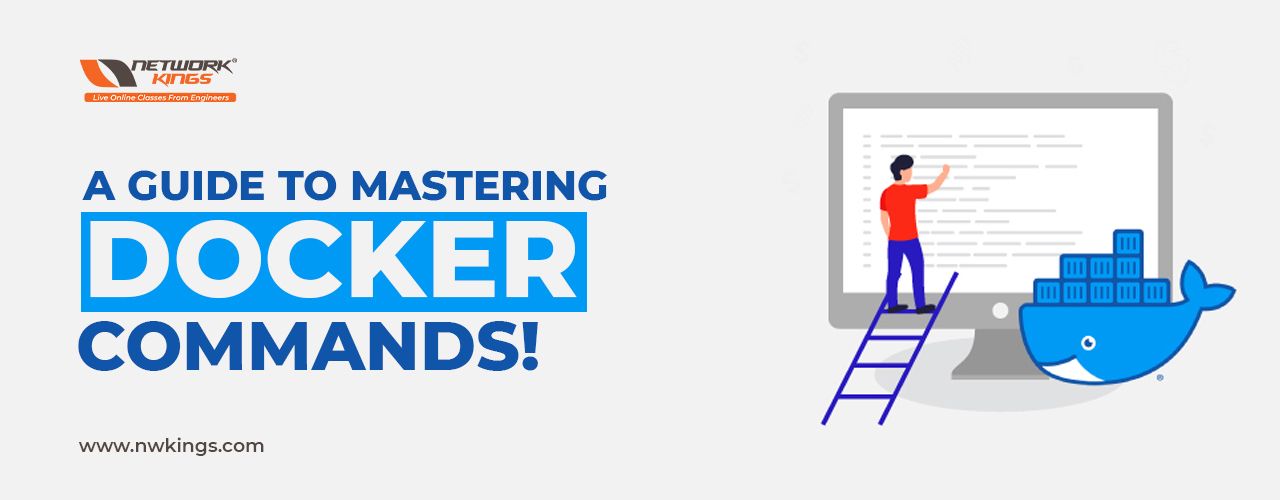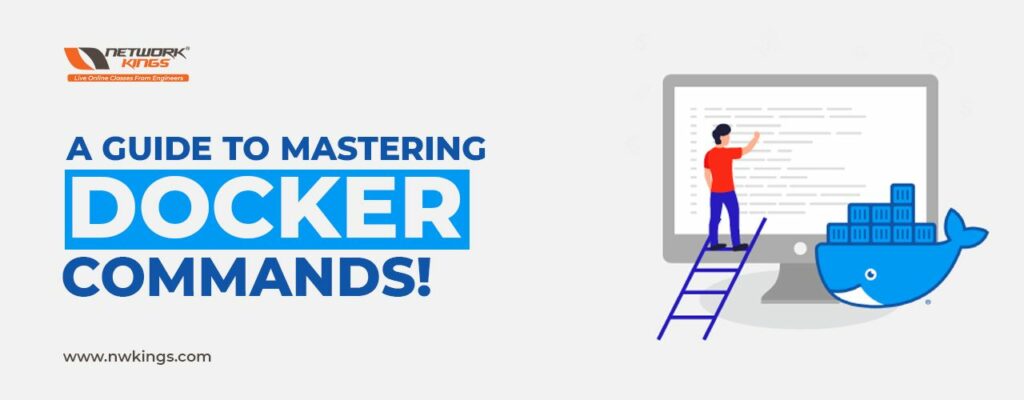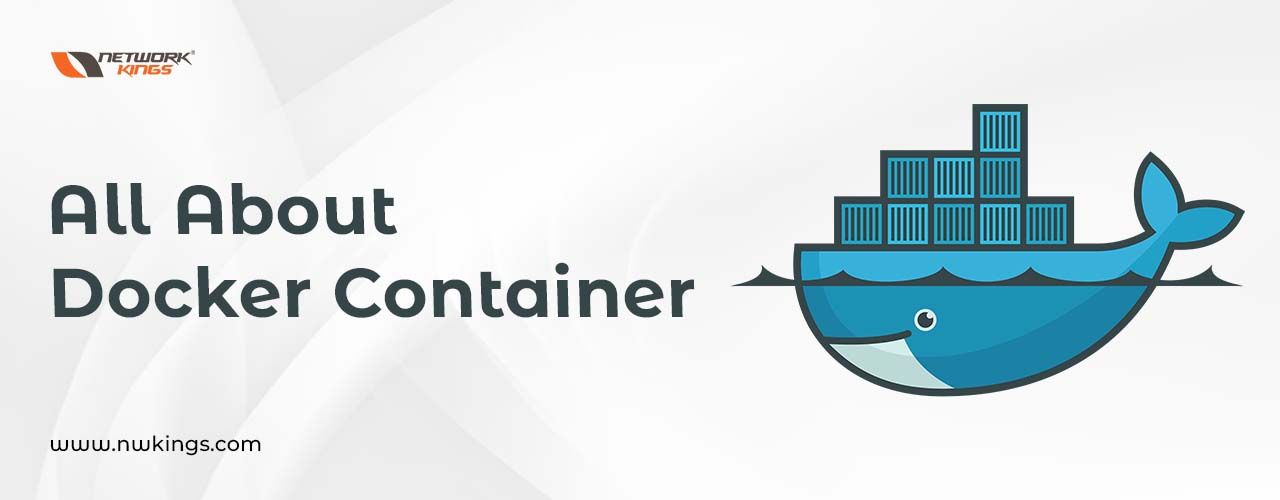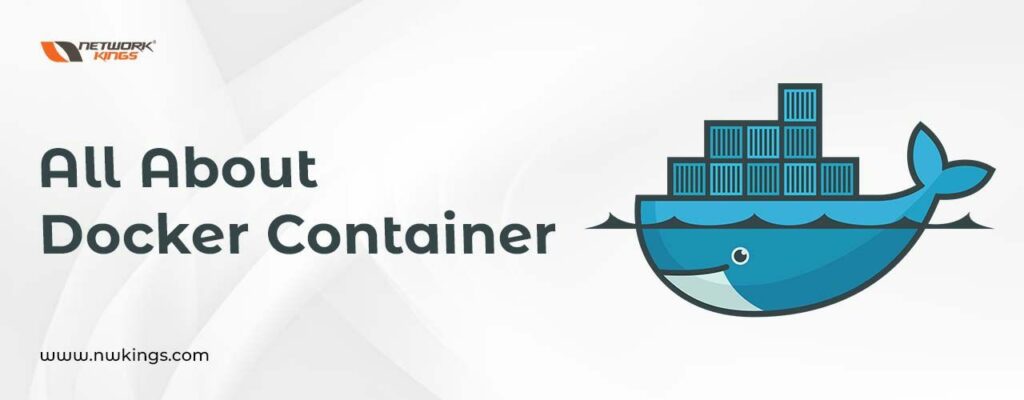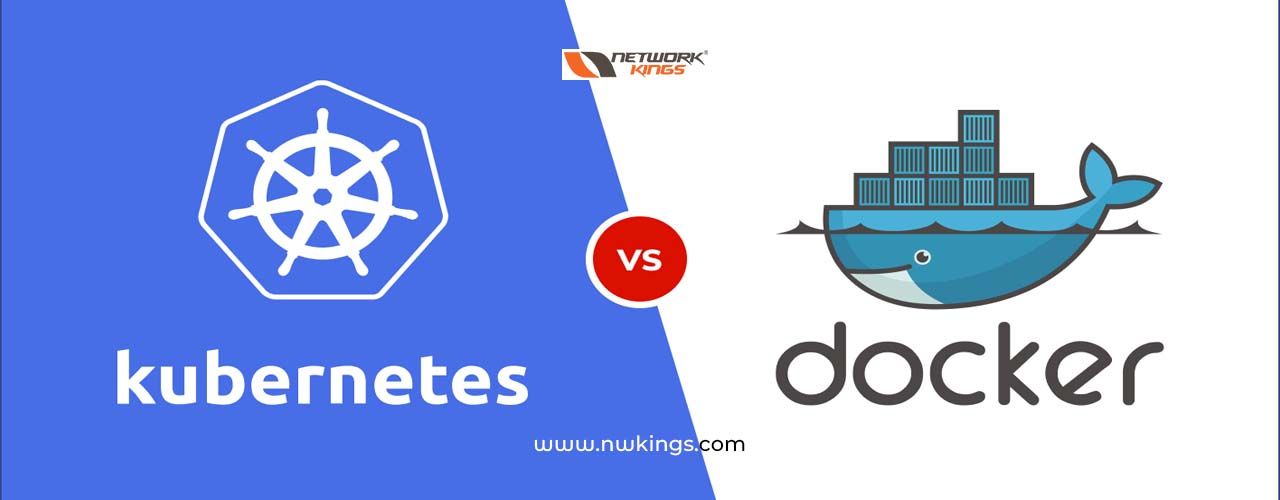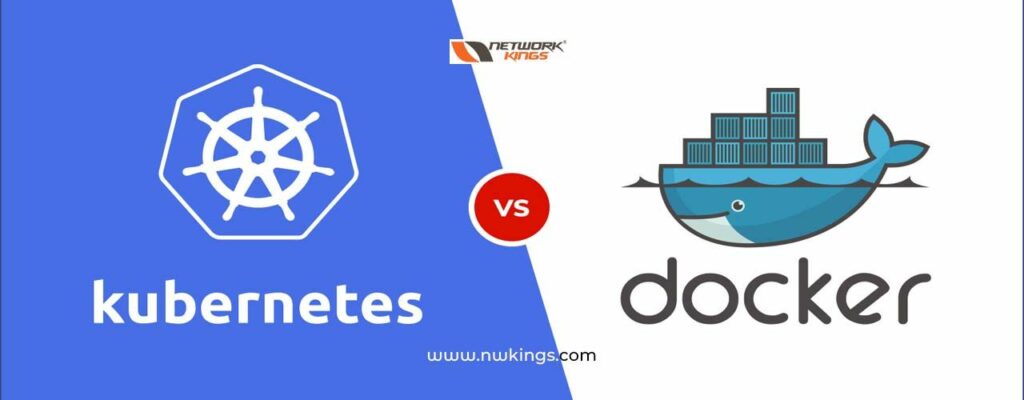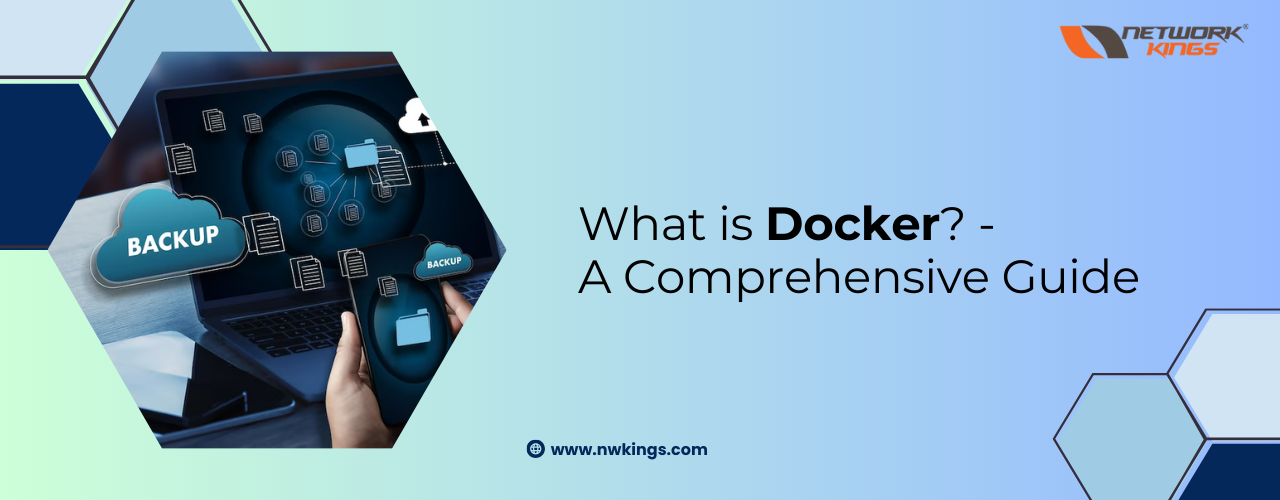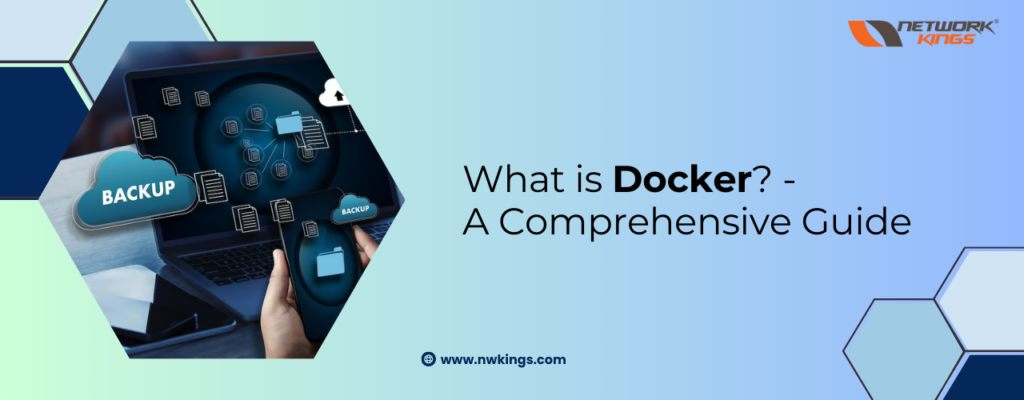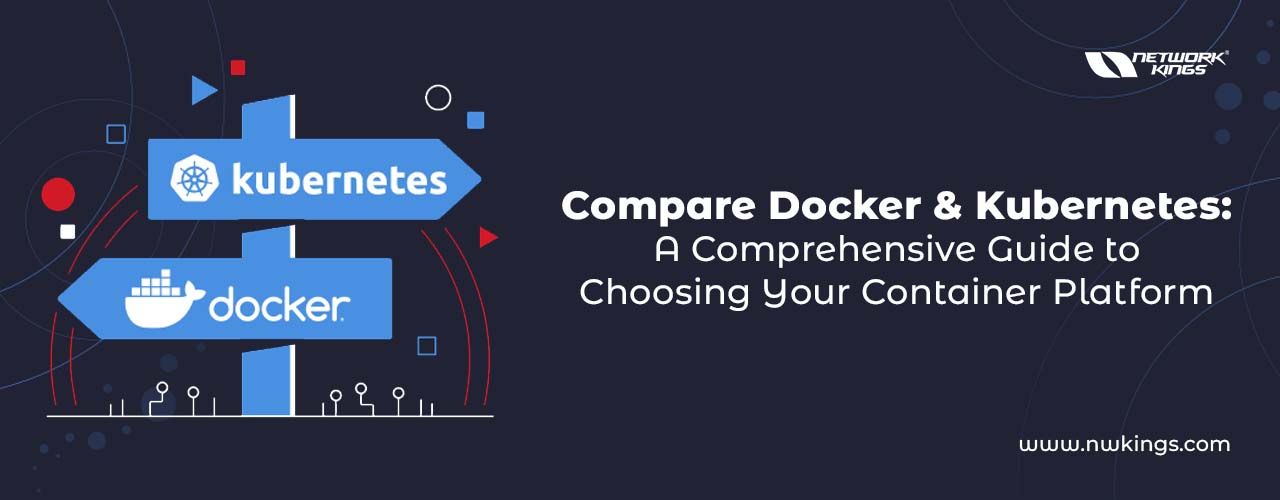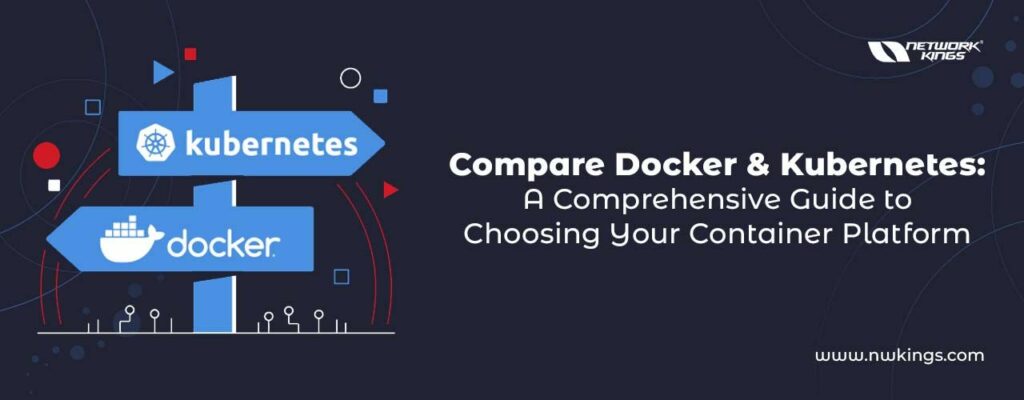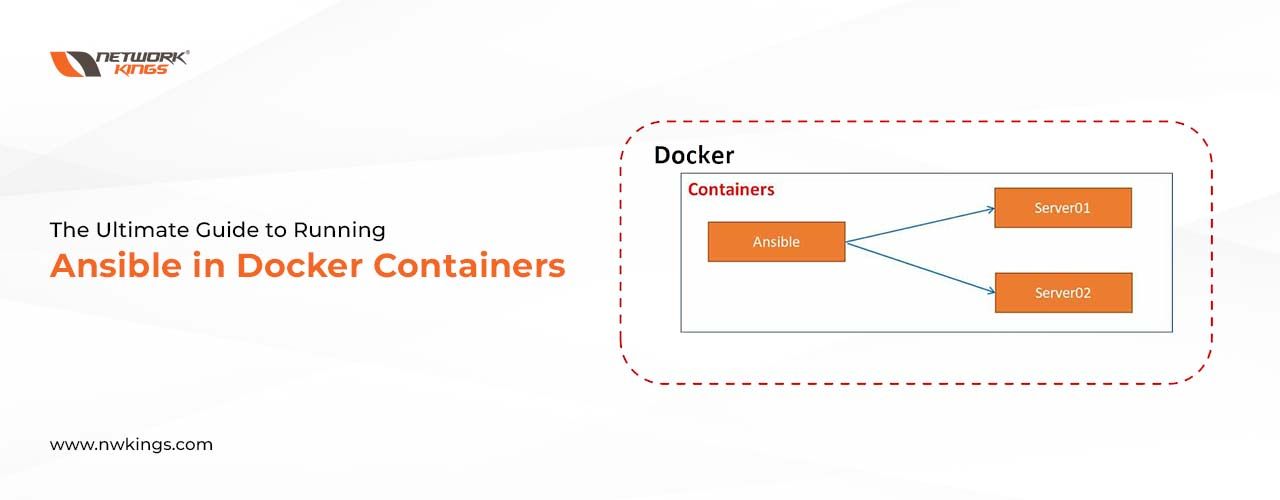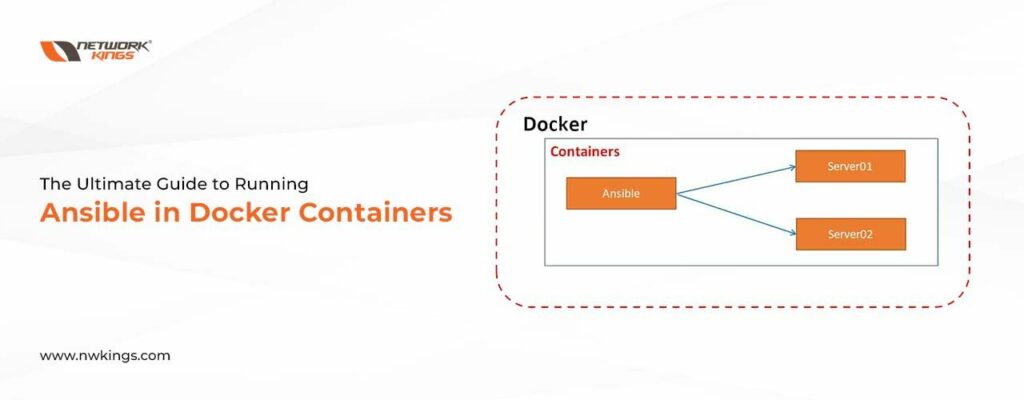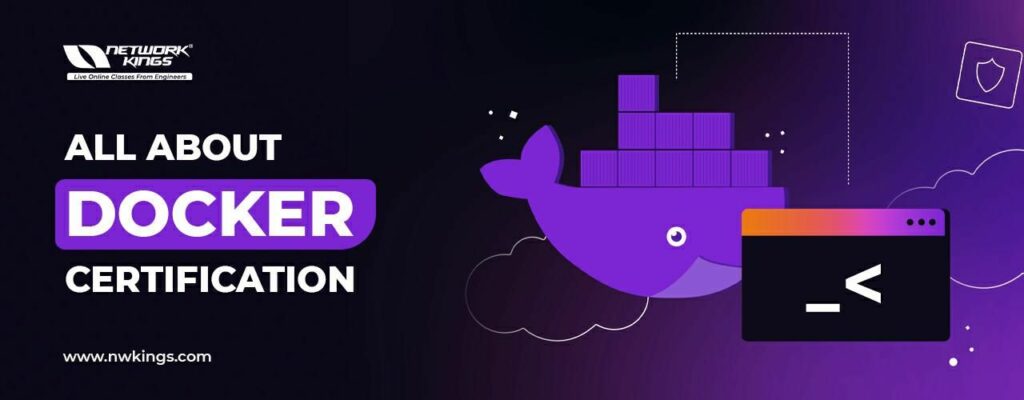
Are you interested in becoming a Docker expert? Are you looking to enhance your skills and validate your knowledge of Docker? If so, obtaining a Docker certification can be a great option for you.
In this comprehensive blog post, we will explore the world of Docker certification, including its benefits, the certification path, training options, and how to obtain it. We will also discuss the syllabus and the best online resources available to help you prepare for the Docker certification exam. Whether you are an aspiring Docker professional or an experienced practitioner looking to validate your skills, this guide will provide you with all the information you need to make an informed decision about pursuing Docker certification.
What is Docker Certification?
Becoming certified in Docker can be a significant boost to your career as it demonstrates your expertise in containerization technology. Docker certification validates your skills and knowledge in using Docker, making you stand out from the crowd in a competitive job market. It provides employers with confidence in your abilities and can open up new opportunities for career advancement. In this section, we will delve into the importance and benefits of Docker certification.
The Docker Certification Path
The Docker certification path is designed to cater to individuals at different levels of experience and expertise. Whether you are a beginner or an advanced user, there is a suitable certification for you. This section will outline the different levels of Docker certification and the recommended path to follow based on your current skill set.
Docker Certified Associate (DCA)
The Docker Certified Associate (DCA) certification is the entry-level certification that validates your foundational understanding of Docker. It covers the core concepts of Docker, including container basics, image creation, networking, volumes, and orchestration. The DCA certification is a great way to start your journey towards becoming a Docker expert.
Exam Details for Docker certification
Docker Certified Associate (DCA):
The details of the DCA exam are as follows:
Exam Name | DCA (Docker Certified Associate) |
Exam Cost | 195 USD |
Exam Format | Multiple-choice questions |
Total Questions | 55 questions |
Passing Score | 65% or higher |
Exam Duration | 90 minutes |
Languages | English, Japanese |
Testing Center | Pearson VUE |
Certification validity | 2 years |
Eligibility For Docker Certification
Here is the eligibility for the Docker certification training
- Graduation
- Basic understanding of the IT industry
- Basic understanding of installing and configuring applications
- Understanding Virtualization and Linux
- Fundamental knowledge of Cloud management
Is Docker Certification Worth It?
Before investing your time and resources into obtaining Docker certification, it is important to evaluate whether it is worth it for you. In this section, we will discuss the various factors that make Docker certification valuable and why it can be a worthwhile investment for your career growth.
Benefits of Docker Certification
1. Industry Recognition
Docker certification is recognized and respected by organizations worldwide. It serves as proof of your expertise in using Docker and can give you an edge when applying for jobs or promotions. Many companies specifically look for candidates with Docker certification as it ensures a certain level of competence and knowledge in containerization technology.
2. Career Advancement
Obtaining Docker certification can significantly enhance your career prospects. With the growing adoption of containerization technology, there is a high demand for skilled professionals who can effectively work with Docker. Being certified can open up new job opportunities, increase your earning potential, and allow you to take on more challenging roles in the industry.
3. Skill Validation
Docker certification validates your skills and knowledge in using Docker. It demonstrates that you have a deep understanding of containerization concepts, best practices, and troubleshooting techniques. This validation not only boosts your confidence but also reassures employers of your abilities.
4. Personal Development
Preparing for the Docker certification exam requires a thorough understanding of Docker concepts and hands-on experience with the technology. The process of studying and practicing for the exam helps you expand your knowledge and gain practical experience that goes beyond simply passing the exam. It allows you to become a more well-rounded Docker professional.
How to Get Docker Certification?
Now that you understand the benefits of Docker certification, let’s explore how you can obtain it. This section will provide you with a step-by-step guide on how to get certified in Docker.
1. Choose the Right Certification
Select the appropriate Docker certification path for yourself based on your current skill set and experience level. Decide whether you want to start with the DCA or directly aim for the DCP certification.
2. Review the Syllabus
Once you have chosen the certification you want to pursue, review the official syllabus provided by Docker. Familiarize yourself with the topics and subtopics covered in the exam to understand what areas you need to focus on during your preparation.
3. Enroll in Training Courses
To ensure you have a solid foundation and are well-prepared for the exam, consider enrolling in Docker training courses. These courses are designed to cover all the required topics in detail and provide hands-on experience with Docker.
4. Practice with Hands-on Labs
Hands-on experience is crucial when working with Docker. Use online resources that offer hands-on labs and exercises specific to Docker certification. This will help you gain practical experience and reinforce your understanding of Docker concepts.
5. Study Guides and Practice Exams
Utilize study guides and practice exams available online to assess your knowledge and identify areas that require further improvement. These resources will give you an idea of the exam format and help you familiarize yourself with the types of questions asked.
6. Schedule and Take the Exam
Once you feel confident in your preparation, schedule your Docker certification exam. Choose a suitable date and time that allows you sufficient time for revision before the exam day. Take the exam with a calm and focused mindset.
Best Online Platform for Docker Certification Preparation
Network Kings is an online platform that offers comprehensive training and preparation resources for Docker certification. They provide a structured learning path and high-quality content to help individuals prepare for the Docker Certified Associate (DCA) and Docker Certified Professional (DCP) exams.
Network Kings offers a variety of learning resources, including video lectures, hands-on labs, practice exams, and study materials. Their courses are designed to cover all the topics and skills required for the Docker certification exams.
The platform provides a flexible learning experience, allowing individuals to study at their own pace and access the course materials from anywhere. They also offer mentorship and support throughout the learning journey, ensuring that learners have the guidance they need to succeed.
Network Kings has a strong reputation for delivering industry-relevant training and has helped many individuals achieve Docker certification. Their comprehensive approach and focus on hands-on learning make them a popular choice for Docker certification preparation.
What topics are covered in Docker training at Network Kings?
You will learn the following topics in our Docker training program-
- Docker introduction
- Docker installation
- Major Docker components
- Manage Docker images & container commands
- Manage Docker images from the Docker file
- Docker volume
- Backup of Docker image and restore operation
- Docker networking
- Creating multiple applications using Docker compose
- Configure registry server
What are the available job options after the Docker certification?
The top available job opportunities for a Docker-certified are as follows-
- Docker Certified Engineer
- DevOps Engineer – Docker
- Cloud Infrastructure Engineer with Docker Expertise
- Containerization Specialist
- Kubernetes and Docker Administrator
- Senior Software Engineer – Docker
- Site Reliability Engineer (SRE) – Docker
- Docker Solutions Architect
- Docker Platform Engineer
- Docker Integration Developer
- Infrastructure Automation Engineer with Docker
- Docker Security Specialist
- Docker Containerization Consultant
- Continuous Integration/Continuous Deployment (CI/CD) Engineer – Docker
- Cloud Solutions Engineer – Docker
- Docker Support Engineer
- Platform Reliability Engineer – Docker
- Docker Infrastructure Developer
- Docker Systems Analyst
- Software Development Engineer in Test (SDET) – Docker
What are the salary aspects after becoming Docker certified?
The salary for a Docker-certified is as follows-
- United States: USD 80,000 – USD 130,000 per year
- United Kingdom: GBP 50,000 – GBP 80,000 per year
- Canada: CAD 80,000 – CAD 120,000 per year
- Australia: AUD 90,000 – AUD 130,000 per year
- Germany: EUR 60,000 – EUR 90,000 per year
- France: EUR 55,000 – EUR 85,000 per year
- India: INR 6,00,000 – INR 12,00,000 per year
- Singapore: SGD 80,000 – SGD 120,000 per year
- Brazil: BRL 80,000 – BRL 120,000 per year
- Japan: JPY 6,000,000 – JPY 9,000,000 per year
- South Africa: ZAR 400,000 – ZAR 700,000 per year
- United Arab Emirates: AED 150,000 – AED 250,000 per year
- Netherlands: EUR 60,000 – EUR 90,000 per year
- Sweden: SEK 500,000 – SEK 800,000 per year
- Switzerland: CHF 90,000 – CHF 130,000 per year
Conclusion:
Obtaining a Docker certification is a valuable investment in your career as it validates your expertise in using Docker and opens up new opportunities for professional growth. By following the outlined path, preparing diligently, and utilizing the recommended resources, you can increase your chances of successfully passing the certification exam. Remember that preparing for the exam is not just about passing; it’s about acquiring in-depth knowledge and practical experience with Docker that will benefit you throughout your career as a containerization expert. So go ahead, embark on this exciting journey, and unlock the doors to a world of possibilities with Docker certification!


